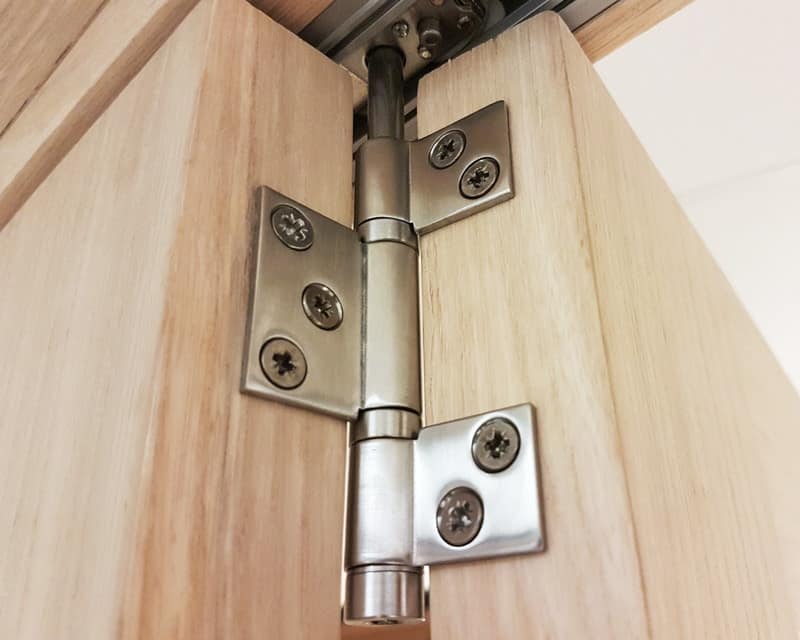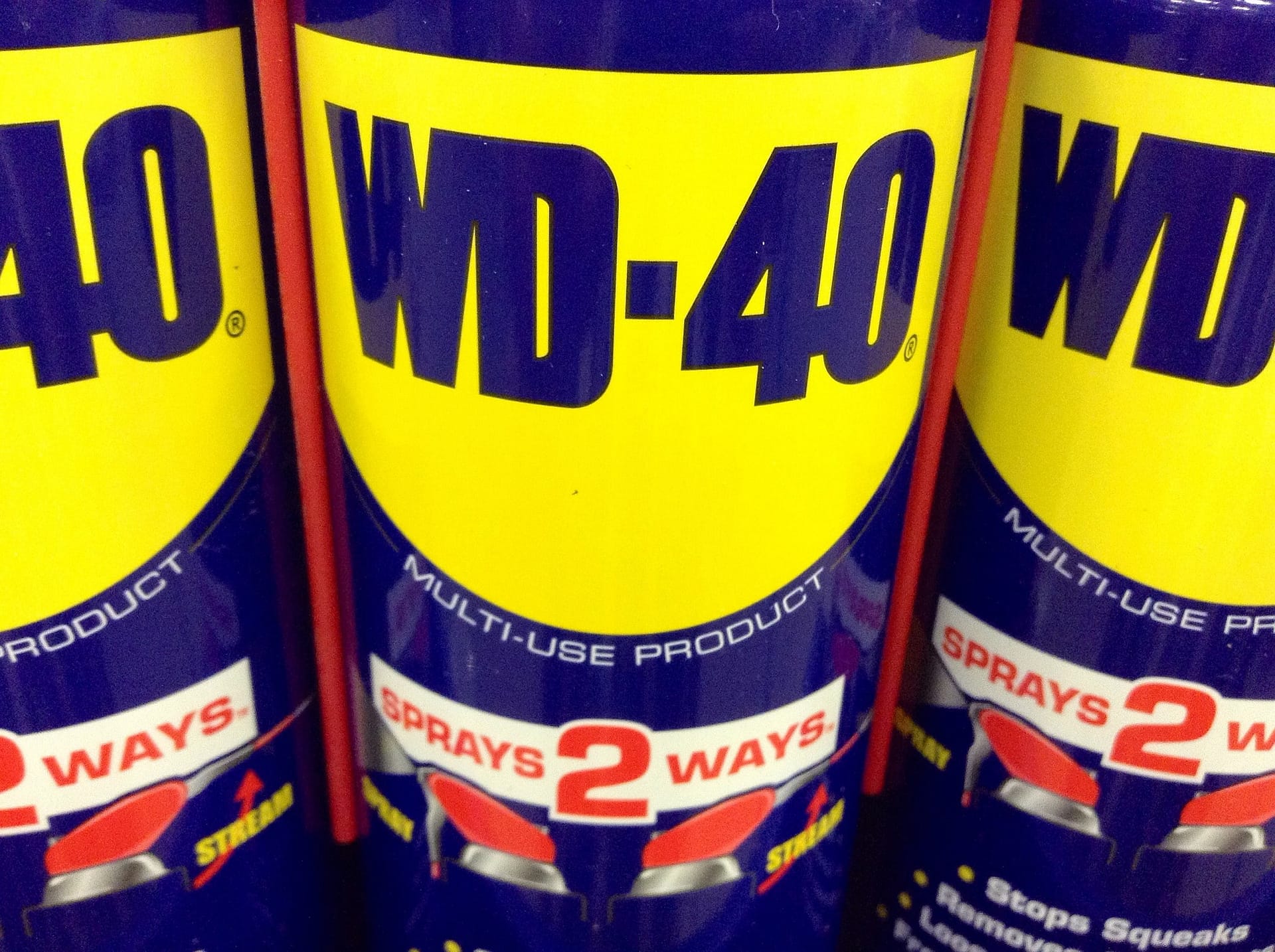We will be closed for Christmas from 3pm on Friday 19th Dec and re-opening on Monday 5th Jan. Any orders placed now will be delivered in the New Year. Merry Christmas!
We will be closed for Christmas from 3pm on Friday 19th Dec and re-opening on Monday 5th Jan. Any orders placed now will be delivered in the New Year. Merry Christmas!
We will be closed for Christmas from 3pm on Friday 19th Dec and re-opening on Monday 5th Jan. Any orders placed now will be delivered in the New Year. Merry Christmas!

Home / Fixing Common Problems with Internal Doors
Doors have a big impact on a room’s aesthetics. They also provide insulation and minimise draughts, playing a key role in making your home as comfortable as possible.
Over time, however, interior doors can develop a number of different faults. Those faults could be caused by general wear and tear, damp or humidity, or any treatments that have been applied to the doors (think painting and staining).
The good news is that internal doors are generally quite hardwearing and you can fix most problems pretty easily.
The hinges on internal doors tend to be a little less robust than exterior doors, since security is not such a concern. If those hinges get loose, the door will droop or drop. You can fix this quite quickly by tightening the hinge screws, or if they won’t tighten properly, replacing them. If you can’t find a suitable sized screw, you can sometimes plug the existing hole using match sticks. To do this:

Sometimes doors stick because they are a tiny bit too big for the opening. This often happens if there is an excess of paint or grime on the door frame or the edge of the door. It can also happen if the door has swollen because the room is very humid. In some cases, simply sanding away the excess paint will do the trick. If the door is sticking badly you may need to sand down the door itself.
Doors squeak or creak if the latch or hinges have become stiff and are in need of lubrication. You can fix this using an aerosol lubricant such as WD-40.
Simply spray it onto the stiff area, open and close the door a few times so that the oil runs through the parts, and then use a lint-free cloth to wipe off any excess liquid.

Over time, adjusting hinges could cause the door latch to become misaligned with the strike plate. If the alignment is off by just a couple of mm, you should be able to fix the problem by enlarging the cut-out area of the strike plate with a metal file. For bigger issues, however, you may need to remove the strike plate.
If your door keeps springing open, this means that the hinges are incorrectly positioned, and the door is straining to re-open. It can also be a sign that the door is not closing fully to hit the doorstop. It may be jamming at the bottom because it doesn’t have enough clearance against the carpet – in which case simply planing a little excess wood off the bottom of the door will solve the problem.
If the issue is with the hinges, you will need to reposition them. To do this:
If the door is not staying closed against the doorstop, you will need to reposition the doorstop slightly further away.
The above are just a few common problems with interior doors. If you find that you are frequently needing to fix sticking doors, then the issue could be one of humidity, in which case you can fix it by using a dehumidifier or improving ventilation if there is a persistent problem with damp.
With proper care, doors can last for decades, and you should need to perform only minimal maintenance on the hinges and handles to keep them looking and performing their best.
You’ll need to trim mm off the left & right of each door
You’ll need to pack mm either side of the frame
You’ll need to trim mm off the top and bottom of each door
You’ll need to pack mm above
You’ll need to trim mm off the left & right of each door
You’ll need to pack mm either side of the frame
You’ll need to trim mm off the top and bottom of each door
You’ll need to pack mm above
You’ll need to trim mm off the left & right of each door
You’ll need to pack mm either side of the frame
You’ll need to trim mm off the top and bottom of each door
You’ll need to pack mm above